I realize that most people hate insects. Or they are downright terrified of them. So, when my daughter and I stop to pick up and analyze an insect we see while on a hike, people generally get confused.
Yes, we actually touch and play with insects!
Why? Because I truly believe that insects are the most fascinating branch of zoology. Even more fascinating than all those “cuddly” mammals that most people like.
There are approximately 900,000 species of described insects on the planet. The real number might be as high as 30 million species though. By comparison, there are only about 5,416 species of mammals!
The amount of diversity in the insect world is truly fascinating. If you have a basic understanding of genetics and evolution, you can start to understand just how impressive this is.
Why Insects Evolve So Quickly
Insects evolve much faster than more complex organisms like mammals because of their quick reproductive cycles. As The Naked Scientists describes,
“Small animals on the whole reproduce faster than larger animals. They grow up, reach maturity, have their babies and die over a much shorter period of time. So, the number of generations of a small animal is going to be much, much greater. This means that there will be more mutations and more exposure to selection in each generation, so that the potential for evolutionary change is just that much greater.”
Fast reproduction is just one thing which makes insects evolve faster.
As Programmed Aging talks about here, there’s a difference between mutations and selectable property. In complex organisms like humans, individuals can have lots of mutations at one time. But, because of our complexity, these mutations don’t always get selected.
Thus, simpler organisms are going to have a higher evolvability.
It is almost crazy how fast insects can evolve. Where Darwin believed that it took thousands of generations for evolution to occur, scientists have found that butterflies can evolve new colors of wings in just 6 generations.
And, because natural selection often occurs in response to environmental factors, we are seeing insects evolving at rapid paces because they are adapting to pesticide use.
Insects which Evolved in Amazing Ways
Here are just some examples of strange, amazing insects you’ll find in North America. The next time you are on a hike in nature, be on the lookout for them and be aware of just how incredible this diversity is!
Thorn Bug
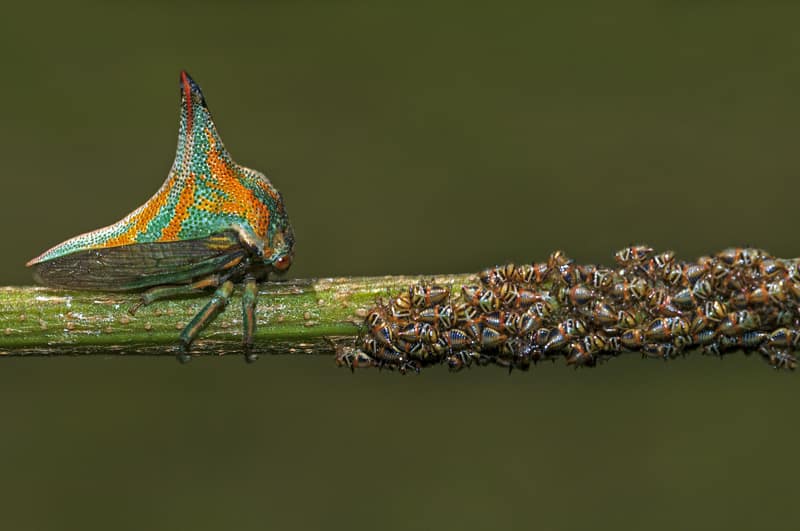
This beauty has evolved to resemble a thorn on plants, which it feeds on. In addition to helping camouflage the insect, the thorn also acts as protective armor if it gets attacked.
Pandorus Sphinx Moth
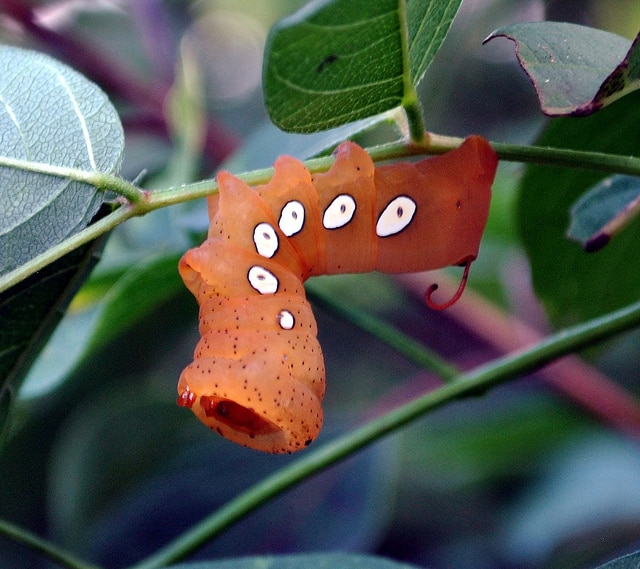
What a weird looking caterpillar, right? Well, those big “eyes” on its side are going to scare away a lot of predators. Once it turns into a moth, it uses another evolutionary survival mechanism: camouflage.
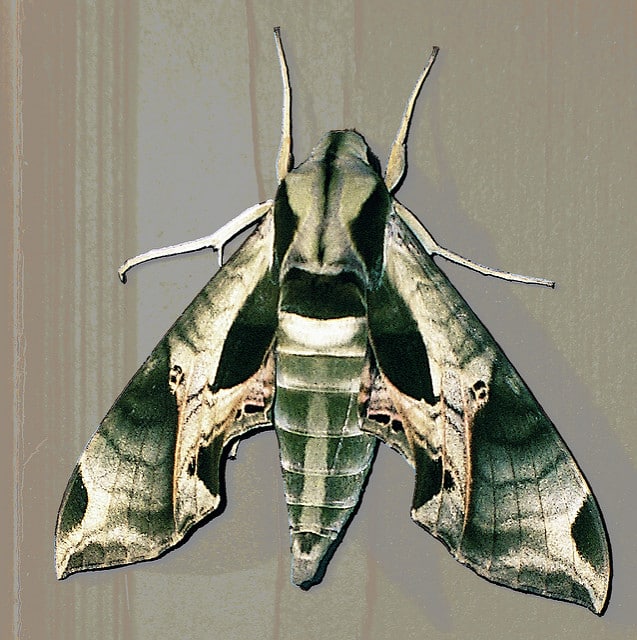
Stag Beetle
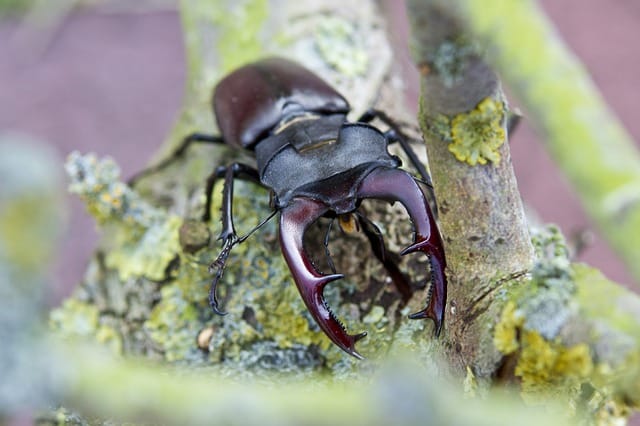
The stag beetle is one of my favorite insects. Their bodies have insanely tough armor. And those horns protruding from males’ heads? They are just for show. The beetles are harmless, though they do sometimes use their horns for fighting with other males.
Hag Moth Caterpillar
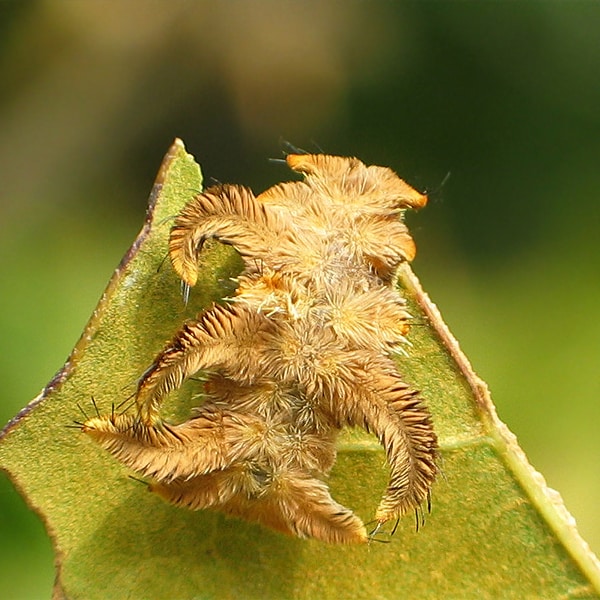
Not only is this one of the weirdest looking caterpillars you’ll ever see, it is one of the most “smartly” designed by evolution. The caterpillar evades detection by looking like a spider molt, or leafy debris. Other cool traits about the hag moth are that it has suction cups on its prolegs and it arms can fall off without harming the caterpillar.
Tersa Sphinx Moth Caterpillar
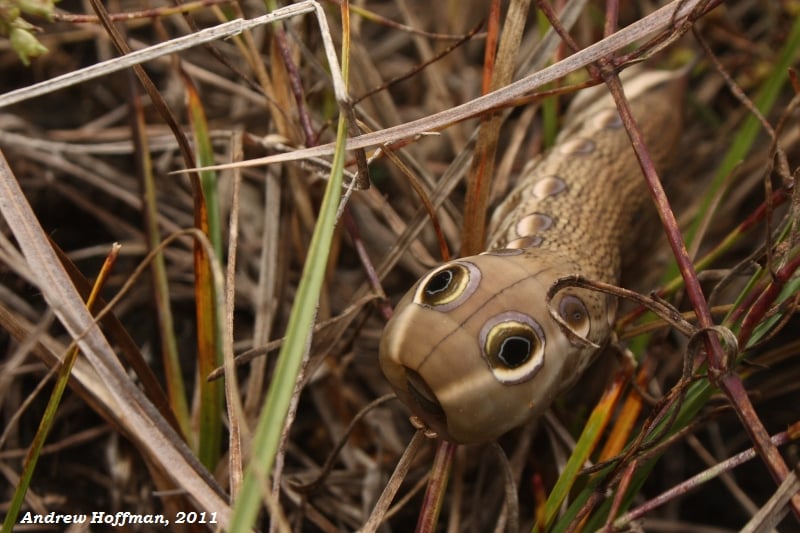
How would you like to have these “eyes” confront you in a field of grass? Of course, the real eyes are much smaller and these evolutionary adaptations are for scaring away predators.
Saddleback Moth
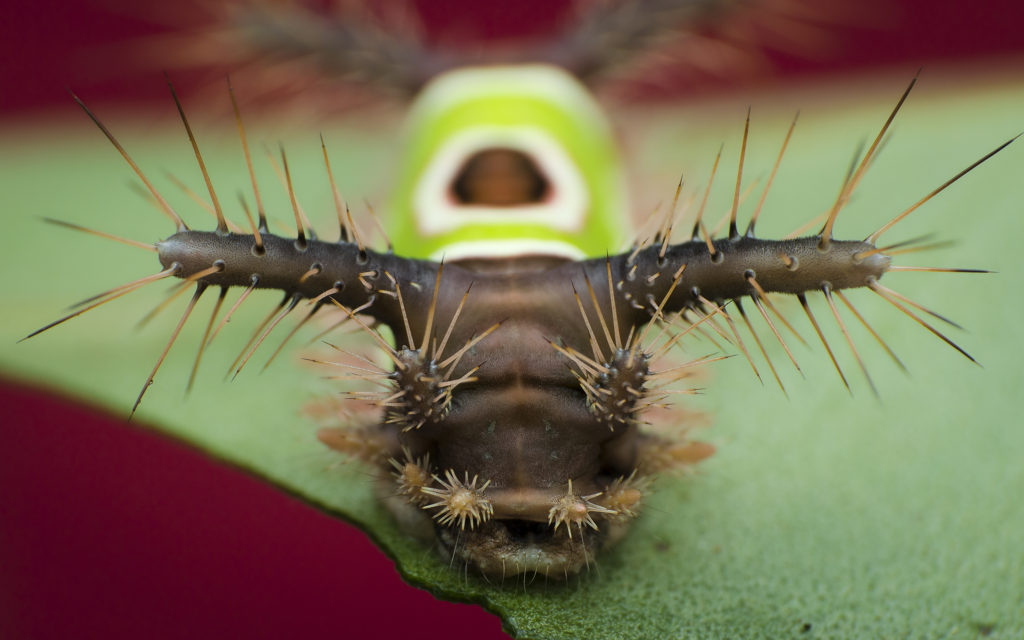
The bright colors of this caterpillar aren’t helping it hide. Instead, it has another way of protecting itself. All of those horns on its ends can inflict a sharp sting. The rest of the bristles secrete venom. If you see this guy, you do NOT want to pick it up!
Evergreen Bagworm Moth
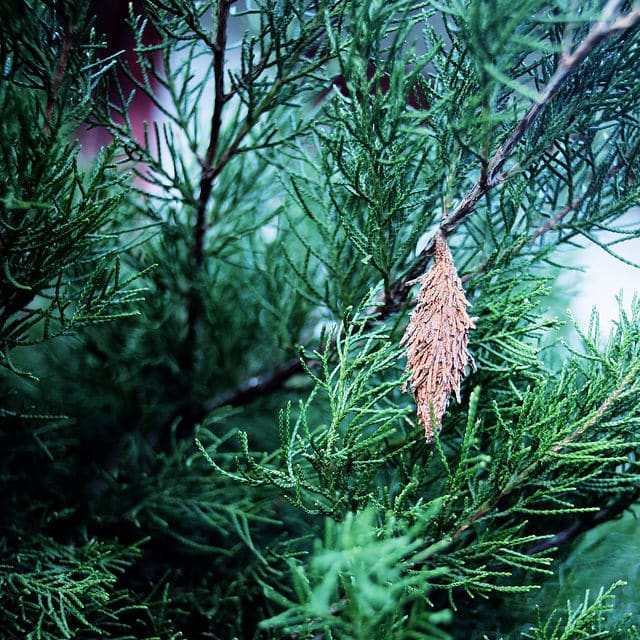
If you saw this hanging from an evergreen tree, you’d probably think it was just some dead needles, right? Take a closer look and you might find this guy inside. The evergreen bagworm is a moth which spins its cocoon with bits of plant matter from the trees it feeds on. The result is a near-perfect camouflage.
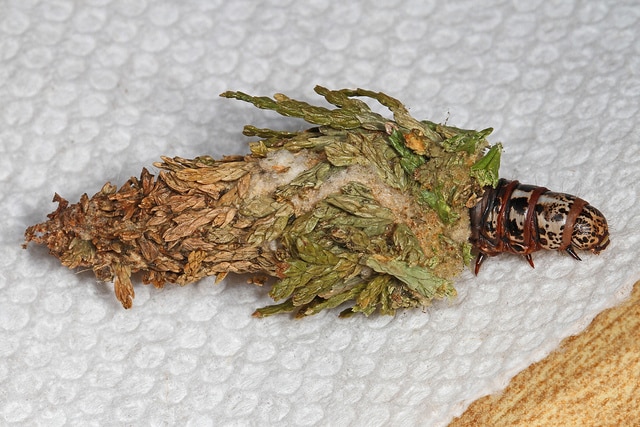
Eastern Eyed Click Beetle
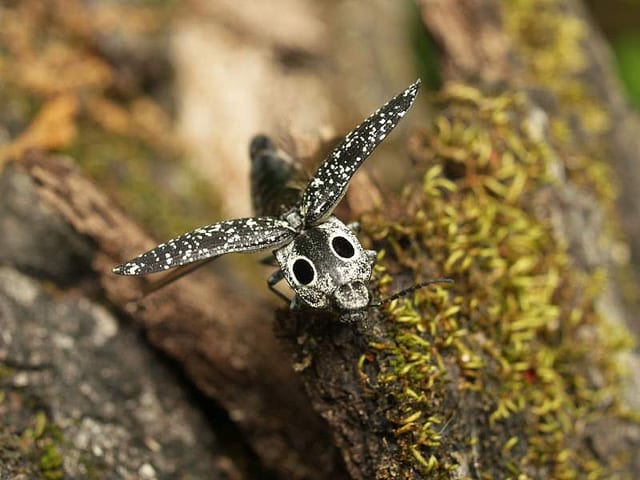
Here’s another example of an insect eyespot mimicry to protect itself. As if this wasn’t cool enough, they also let out a click noise which scares away predators. The clicking – which is produced by snapping the first section of its thorax in the second section of the thorax — also helps the beetle flip over after playing dead to deter predators.
Hickory Horned Devil
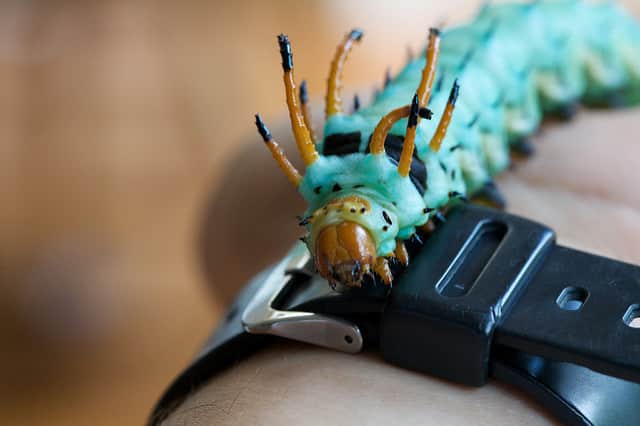
These caterpillars can be as big as a hot dog! They’d make a great meal for a bird – except that many animals are afraid of them because of their intimidating appearance and big horns. It turns out that the appearance is just a ruse. The caterpillars are completely harmless and grow up to become regal moths – the largest moths north of Mexico.
_______________________________________
Image credits:
“Insecto Espina / Thorn Bug / Umbonia cra” (CC BY-NC-ND 2.0) by Carlos De Soto Molinari
“P5028148” (CC BY 2.0) by Hunter-Desportes
“img_5552” (CC BY-SA 2.0) by steevithak
“Pandorus Sphinx Moth” (CC BY-ND 2.0) by August Norman
“Pandorus Sphinx Moth caterpillar (Eumorp” (CC BY-SA 2.0) by aarongunnar
“Evergreen Bagworm – Thyridopteryx epheme” (CC BY 2.0) by judygva (back in town and trying to catch up)
“Hag Moth Caterpillar – Phobetron pitheci (https://www.flickr.com/photos/25980517@N03/4200717386/)” (CC BY-NC 2.0) by Lynette MT
“Xylophanes tersa (Tersa Sphinx)” (CC BY-NC-ND 2.0) by Andrew Hoffman
“the quiet one” (CC BY 2.0) by lecates
“Saddleback Caterpillar – Oruga Ensillad” (CC BY-NC-ND 2.0) by Andres Rodriguez FOTOGRAFÍA
“Hickory Horned Devil” (CC BY-NC 2.0) by bionicteaching


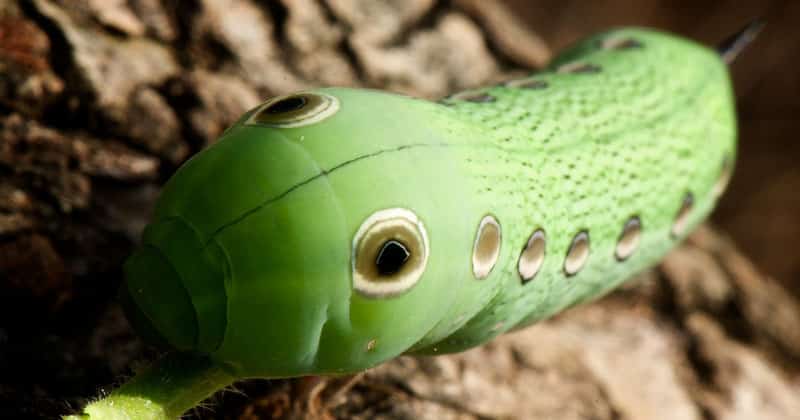










2 Comments
Bob Seymour
August 28, 2021 at 9:40 pmHow do I send you a photo of a really weird bug that I found in Asheville NC that looks like a brown dead leaf but moves around and has little hairs on the ends of its “legs”?
Diane
August 29, 2021 at 2:54 pmmomgoescamping (at) gmail (dot) com. 🙂